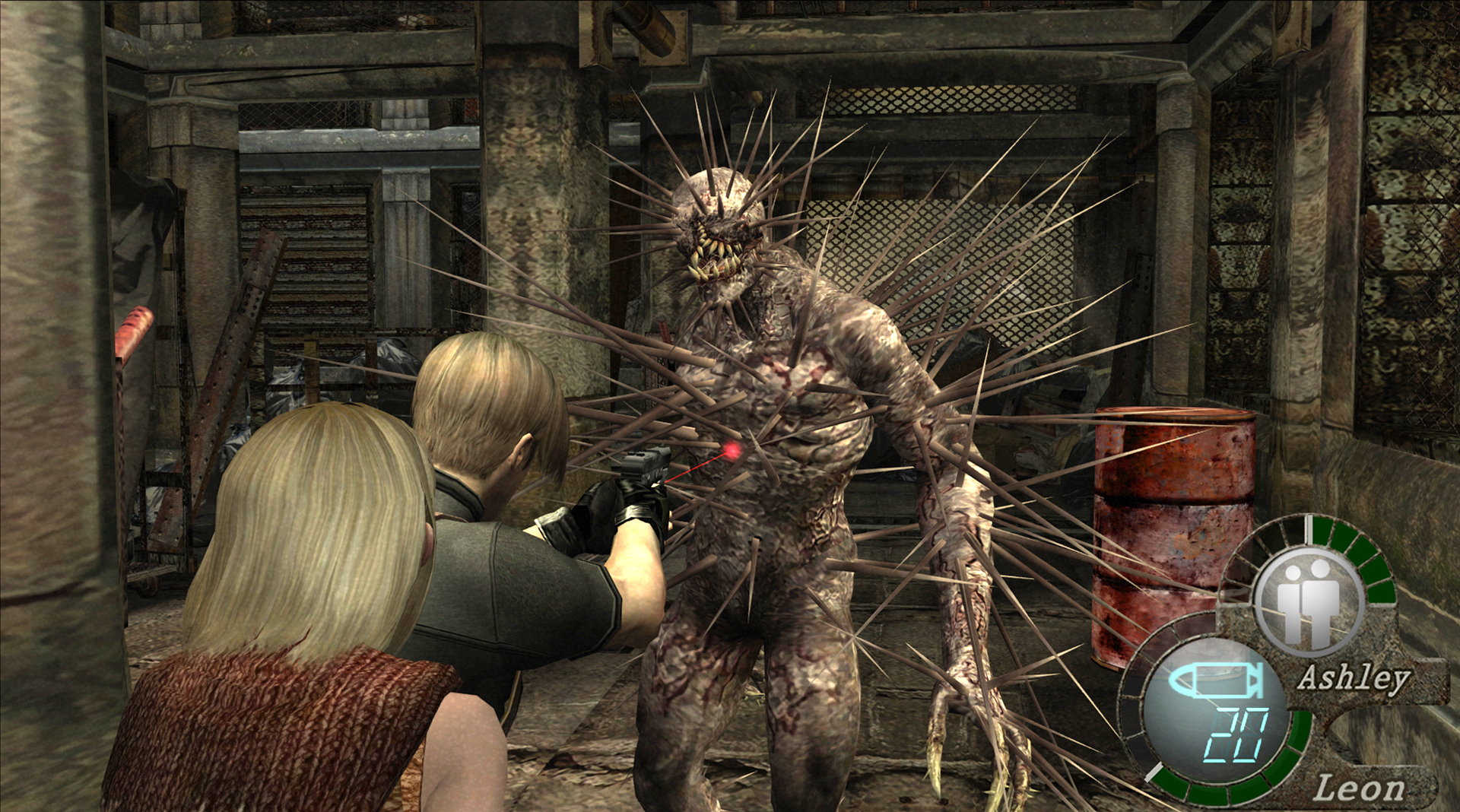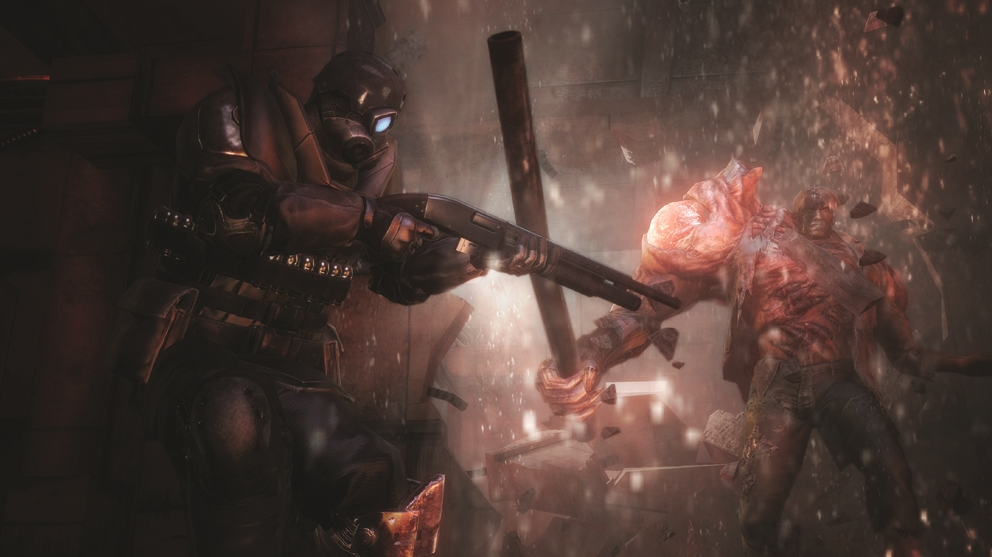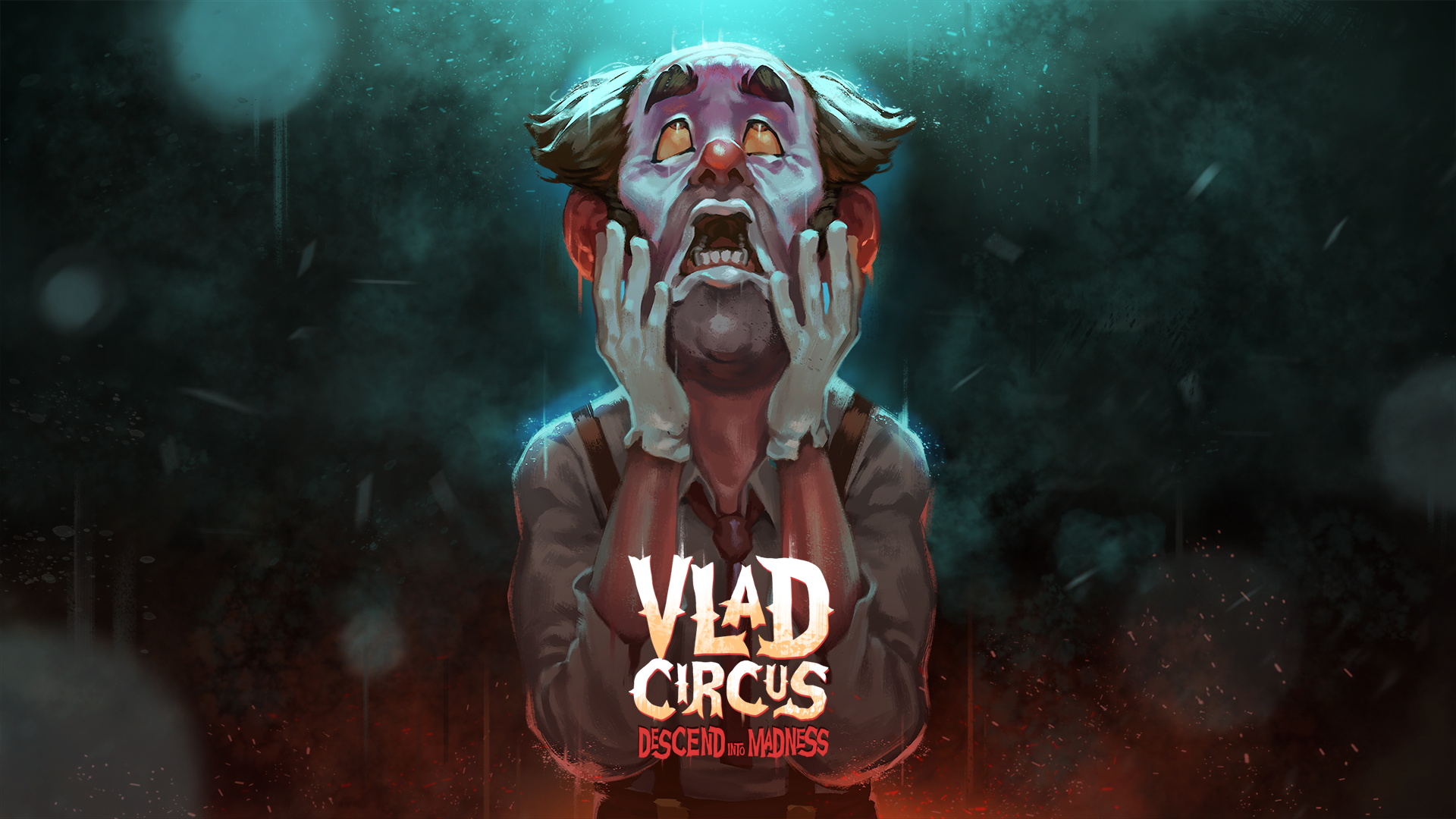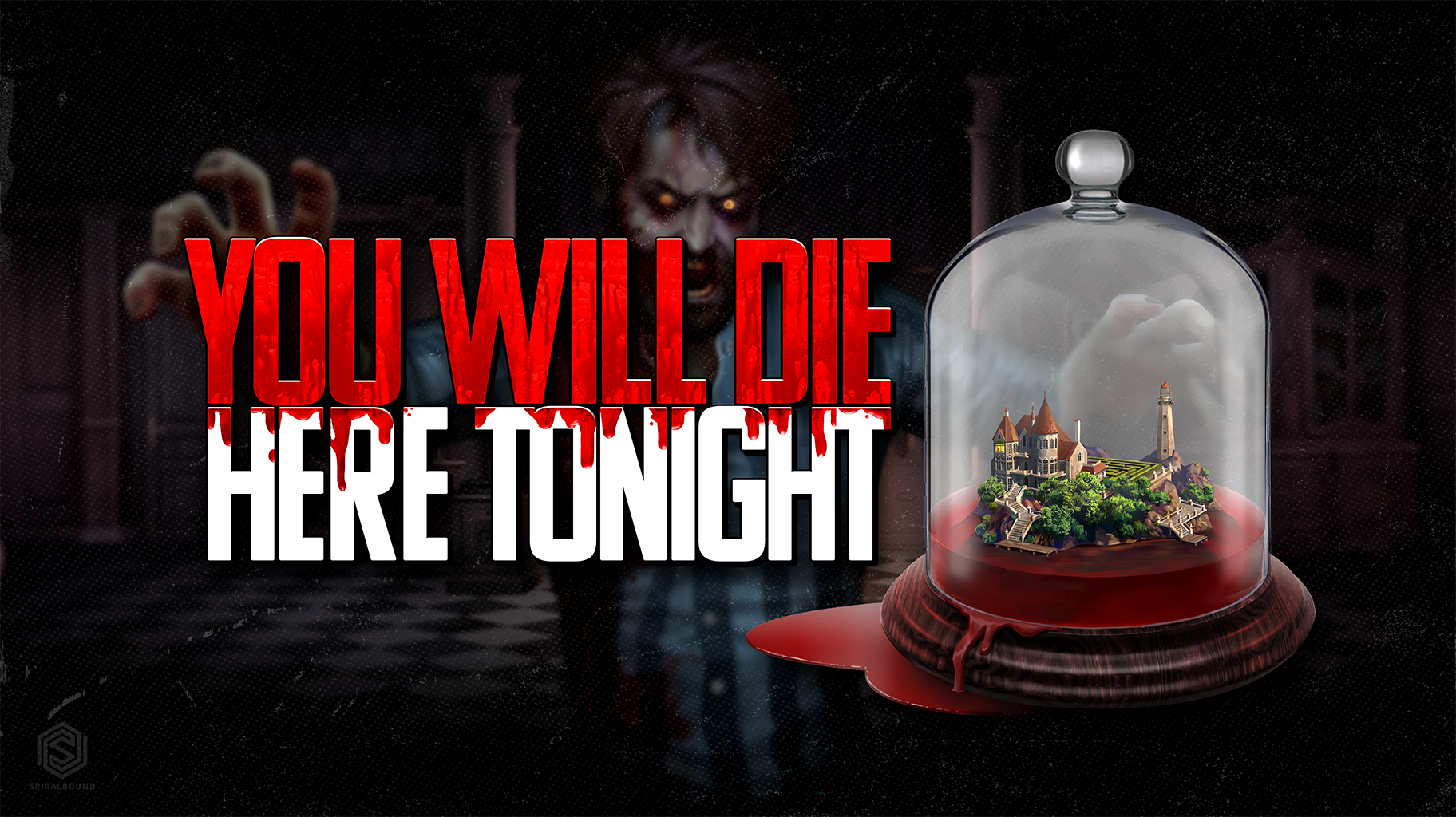
Monster Mania: The Resurrecting Horror of Resident Evil 4’s Regenerator
Monster Mania is a weekly column celebrating the unique and varied monster designs in horror gaming.
You have to hand it to the Umbrella Corporation; their uncanny ability to continually create horrific biological abominations is second to none (DreadXP’s lawyers have just informed me that we, in fact, do not “have to hand it” to Umbrella). Resident Evil has come a long way since its shambling zombies, window-adverse pups, and larger-than-life reptilian origins, which were instrumental in solidifying the series as a pillar of the survival horror genre.
With each series entry that strayed further from more conventional undead enemies, it allowed Resident Evil to reinvent itself with new mutated horrors continually. And as far as series overhauls go, few entries have been more instrumental than Resident Evil 4.
Not only did Resident Evil 4 introduce a more action-oriented approach to gameplay, but the game was also a significant turning point in monster designs. Including Las Plagas, a parasite that controls and mutates its host, allowed for a depraved level of creativity that surpassed and even eclipsed Umbrella’s demented vision for bioweapons. And few examples remain as chilling (and bitey) as the Regenerator.
The brainchild of Los Iluminados, a militant group masquerading as Umbrella 2.0, Regenerator’s origins are just as twisted as their propensity for killing. While the hordes of villagers Leon will face are a host to a single plaga parasite, Regenerators are the genetic result of implanting multiple plaga into a single host.
And the results are fittingly messed up.
Regenerators are visually striking from the outset. These towering, sickly gray abominations slowly shuffle toward the player; periodically, something spasming underneath their scaly husks. Disturbing for sure, but how they differentiate from traditional monsters is not apparent immediately.
By the time Regeradores are introduced, the player has faced few threats that cannot be bested by old reliable, aka kneecapping. By Shooting most enemies in the knee, they are immobilized, making them susceptible to headshots, spin kicks, or a bone-crunchingly satisfying suplex. So the first time the player severs a Regenerator’s leg with a surgically precise shotgun blast, only for the monster to leap from the ground, latching onto Leon’s neck with a mouth of razor-sharp teeth, it is quite shocking.

And by shocking, I mean it is fucking terrifying.
No matter the appendage that has been severed, Regenerators will sickeningly sprout a replacement and continue their never-ending pursuit of Leon. The realization that, up until this point, the player’s means for dispatching every enemy that came before is no longer a viable one is neutering. And in a sequel that essentially tipped the series’ needle into the action horror camp for years to come, Regenerators are a taste of the stomach-churning terror firmly rooted in the series’ survival horror roots.
Similarly to last week’s Clickers, in the 2005 edition of Resident Evil 4, you often heard Regenerators before you saw them. They emit a faint hiss and labored breathing (notably omitted from the remake) that alerts the player to their presence. It’s a subtle tell, but in a series filled with bombastic monsters, it is a chilling reminder that deadly things can have whisper-quiet beginnings.
As is often the case, there is naturally a workaround to Regenerator’s invulnerability. Equipping an infrared scope to a sniper rifle allows Leon to see the location of the plagas embedded in their body. Shooting each plaga kills the host for good, which is often easier said than done. Given the monster’s unpredictable movement and the randomized placement of the plaga in their bodies, having to: Stop. Aim. And shooting weak points on a constantly moving threat is always nerve-wracking.
The final benefit of the bioweapon origin for monsters is the potential for maddening mutations. For example, the Iron Maiden is a notable offspring monstrosity. It is effectively related to Regenerator but unique for a prickly personality all its own. If Leon gets too close to one, countless needles will spring from the Iron Maiden’s body, skewering anything within arm’s reach. And while they are destroyed the same as Regenerators, compounding their new defensive capabilities with the already fraught tension of their “invulnerability” makes this all the more anxiety-inducing of an encounter.
Regenerators signified the first step in an upheaval of the series’ approach to monsters. This is not to imply the series was previously lacking in the monster department, as you can guarantee I will return to the series in the future. Still, there was a fundamental rewriting of the perceived rules for the origin, design, and implementation of combat mechanics for said beasts with Resident Evil 4. It was exciting and terrifying to encounter monsters, both bosses and common enemies alike, that could still surprise the player with their abilities (as well as their capacity for abnormally large teeth). For an entry primarily known for fundamentally altering the course of the series from a gameplay standpoint, its monsters being as audacious and terrifying as they are is often an overlooked facet of Resident Evil 4’s brilliance and why it remains a series standout.
For more horror game reviews, opinions, and features, check out DreadXP.




